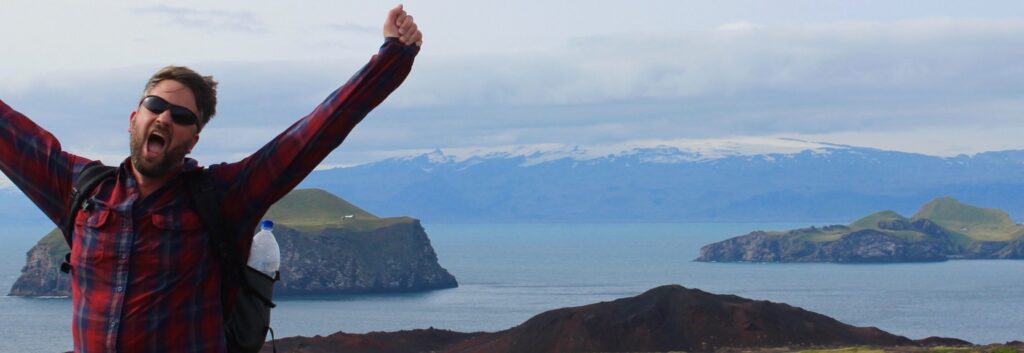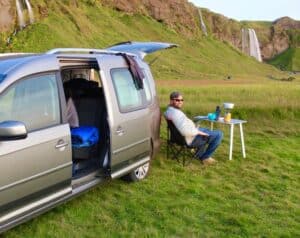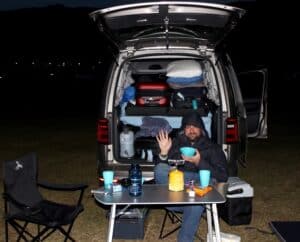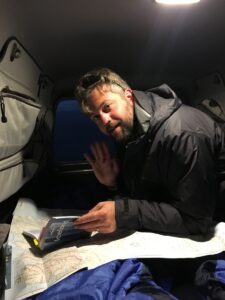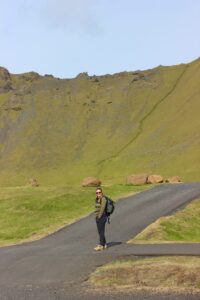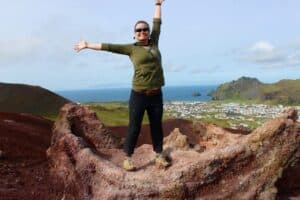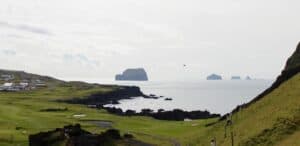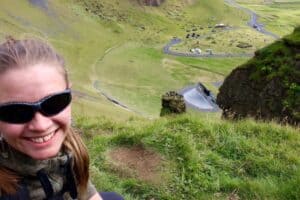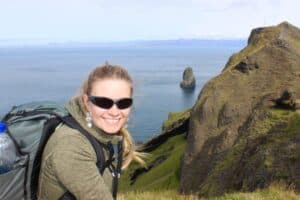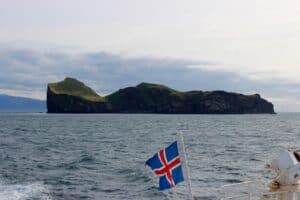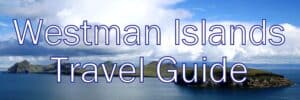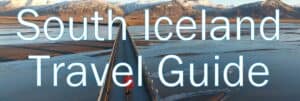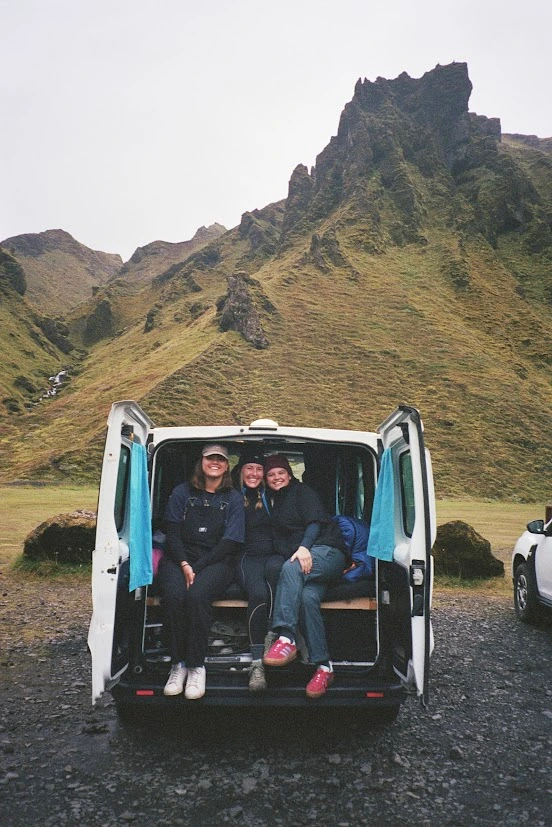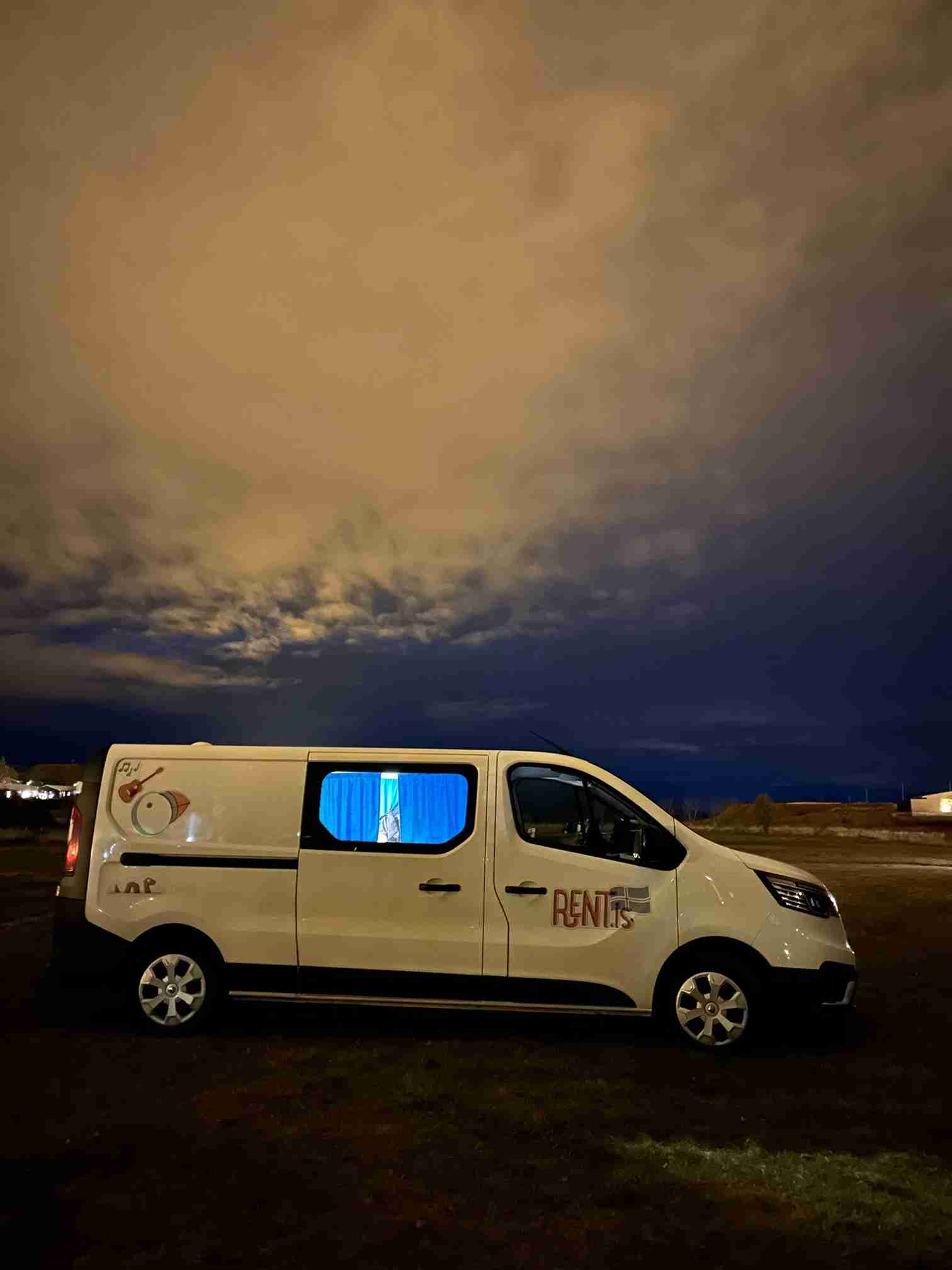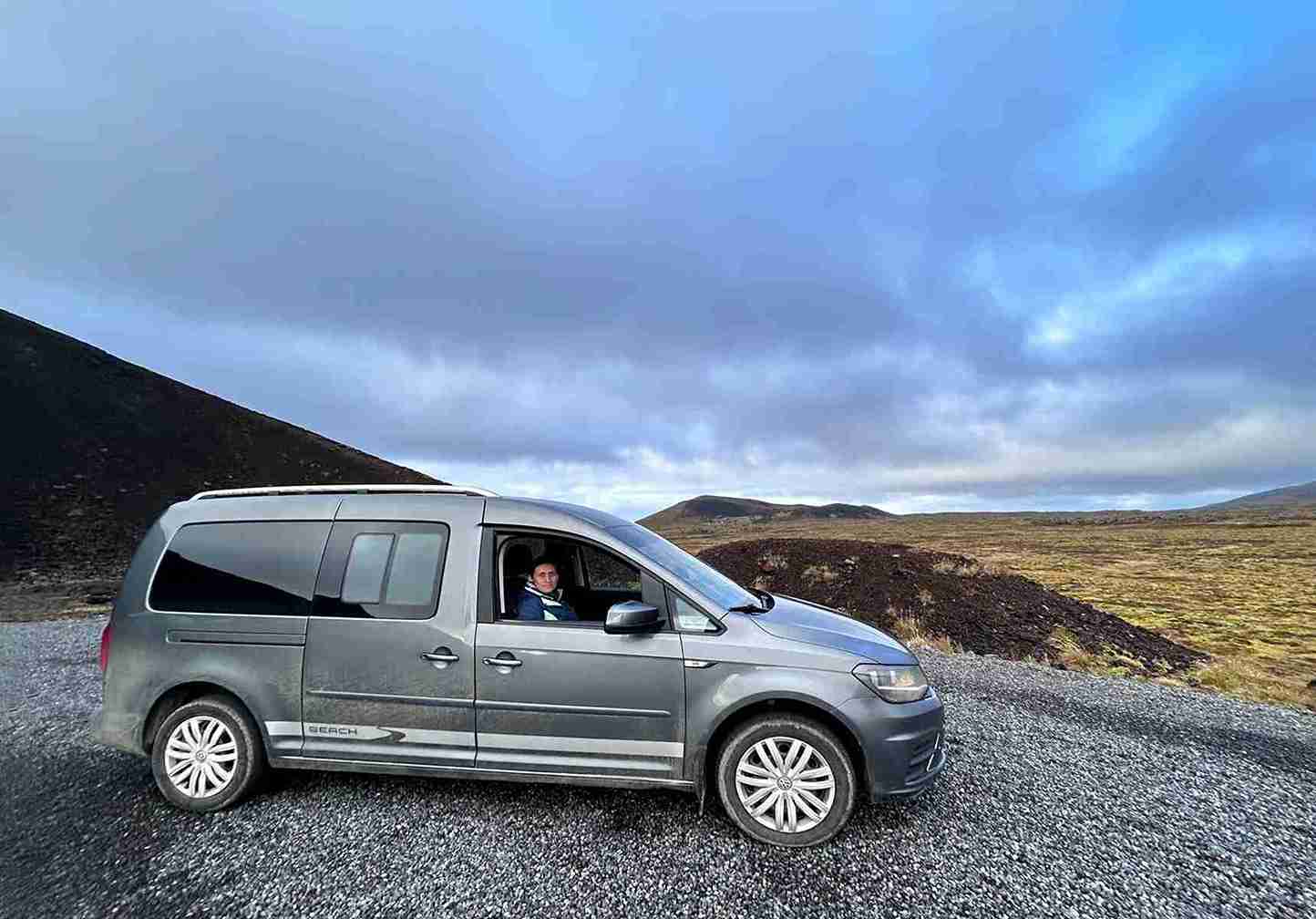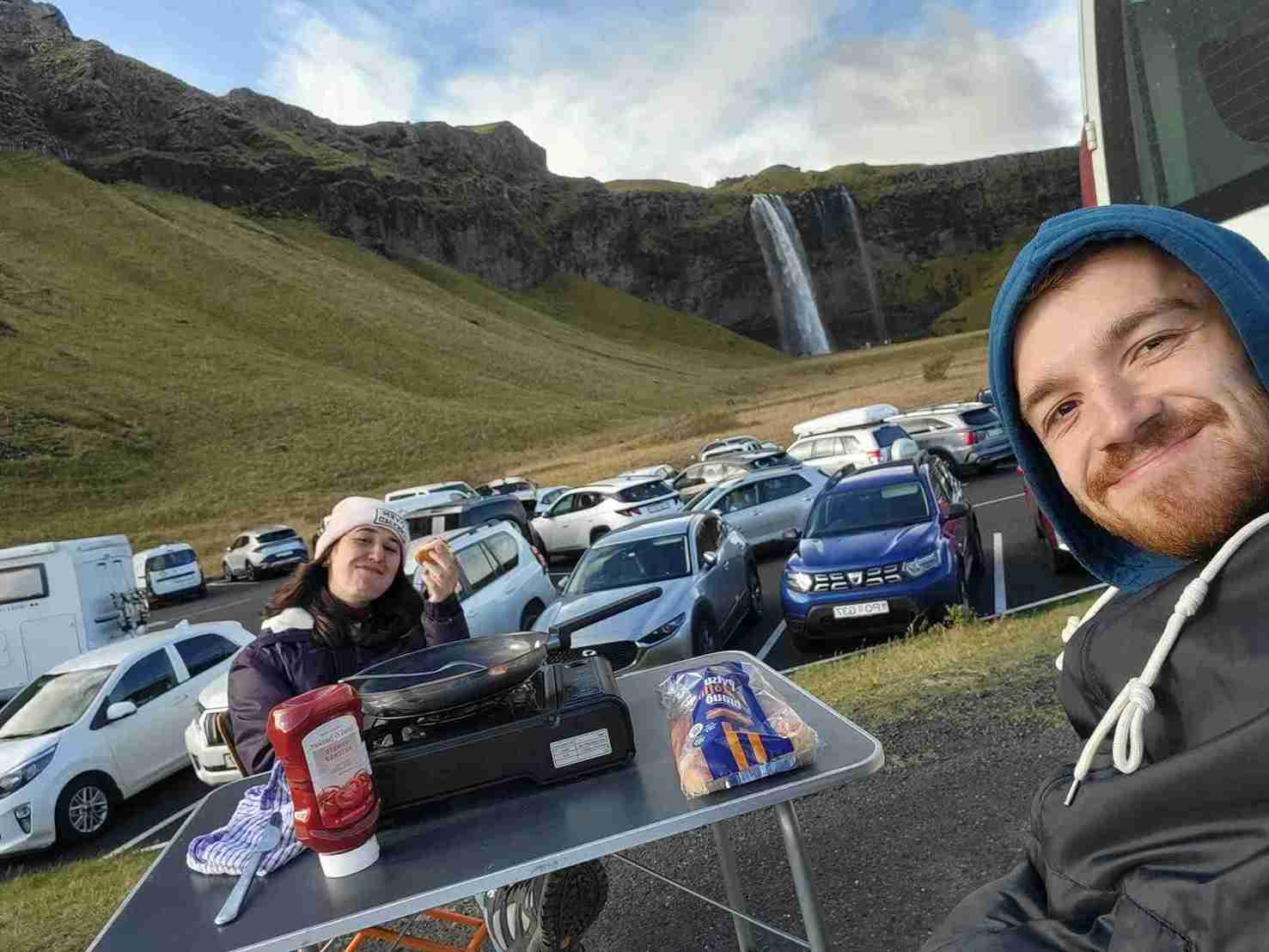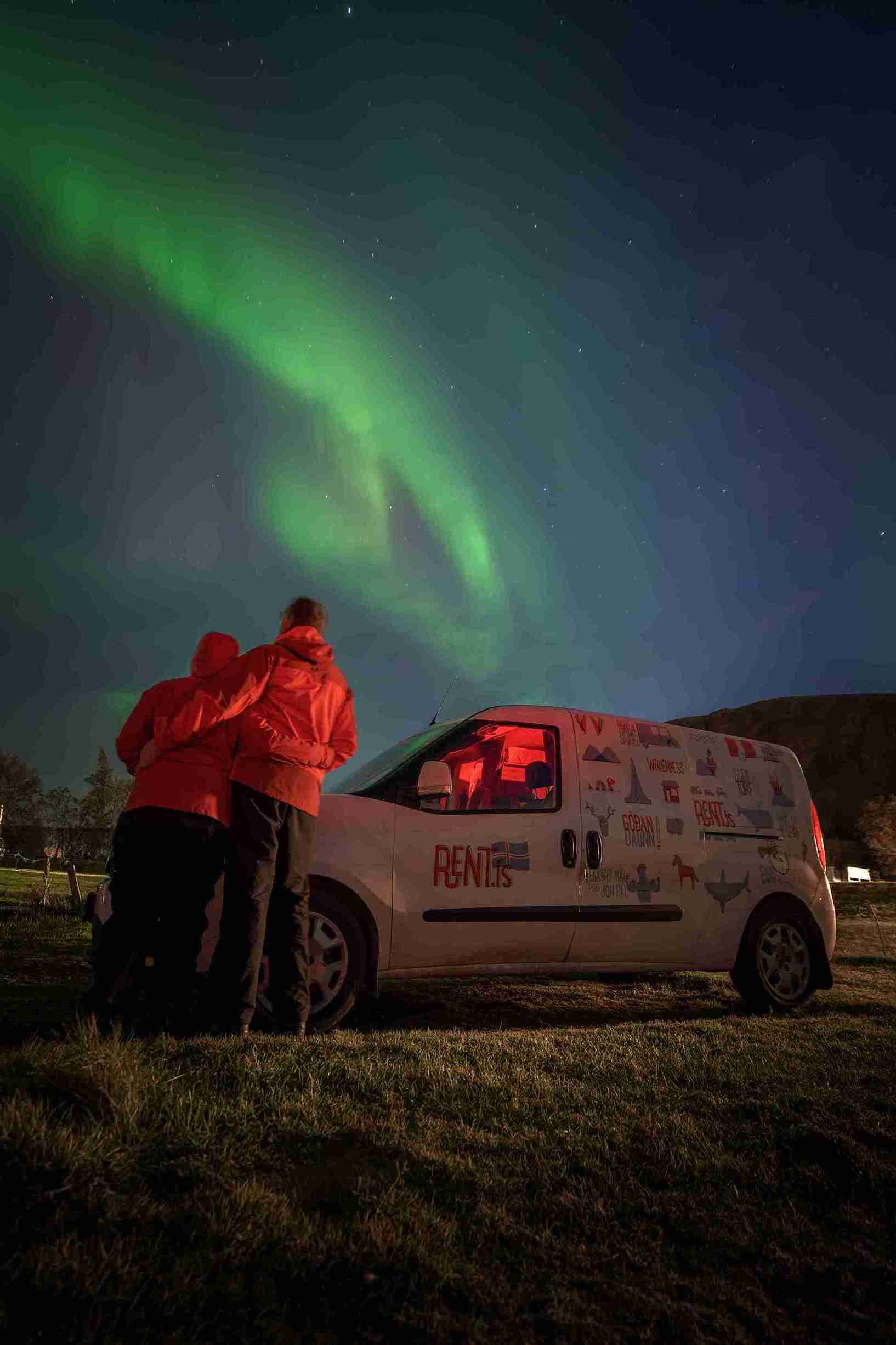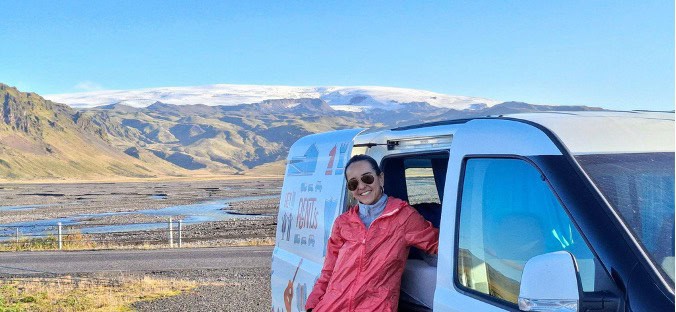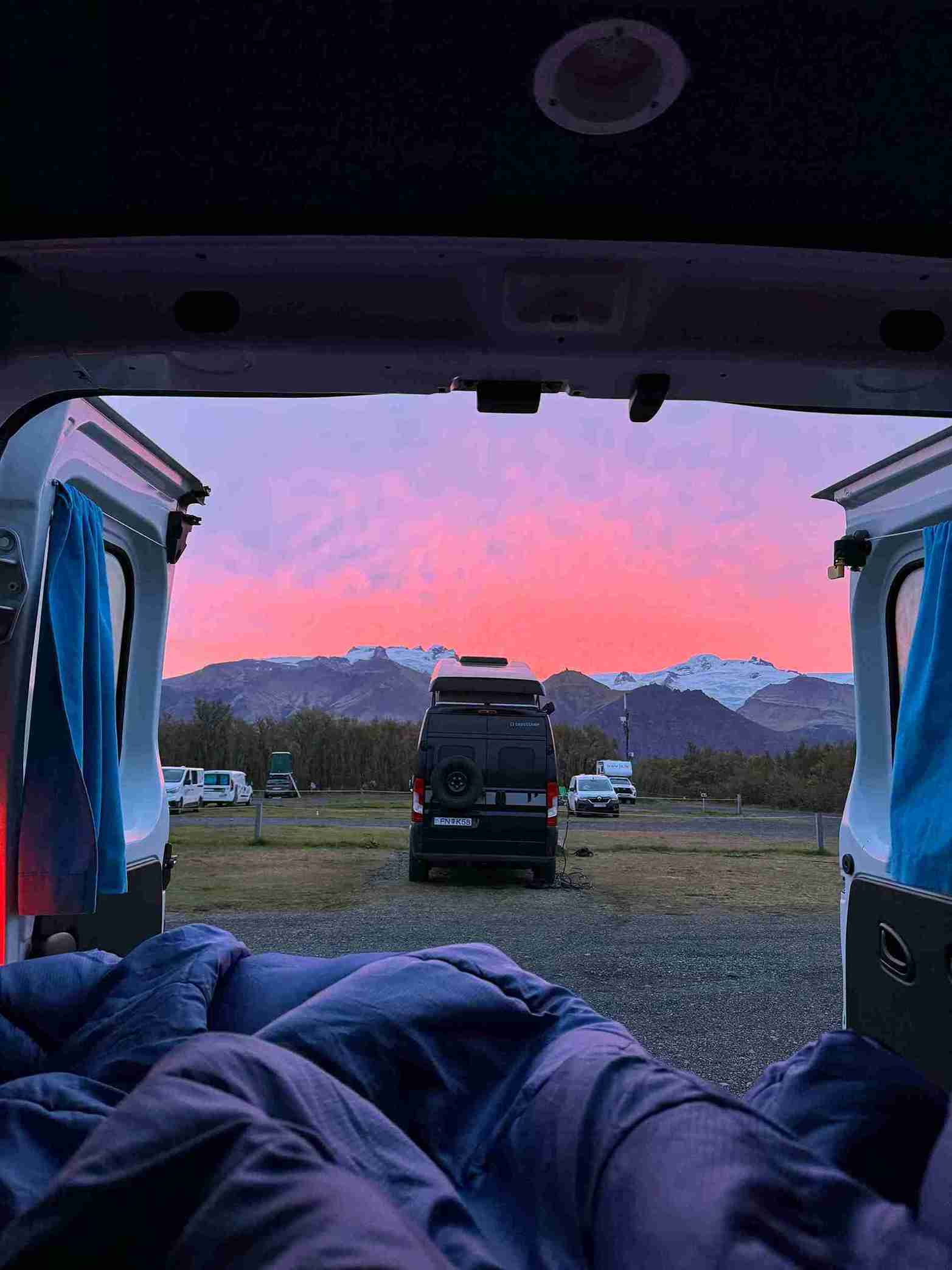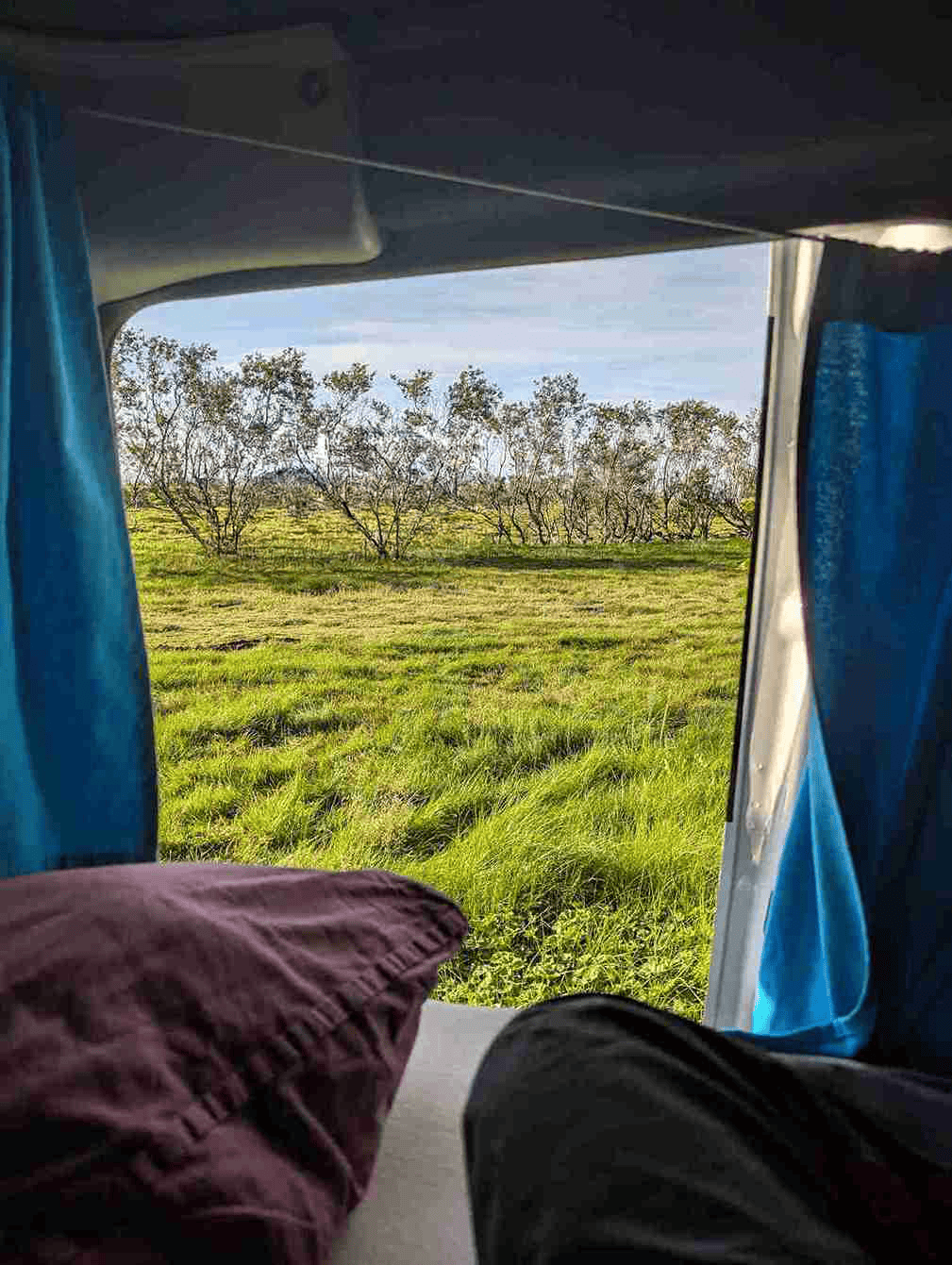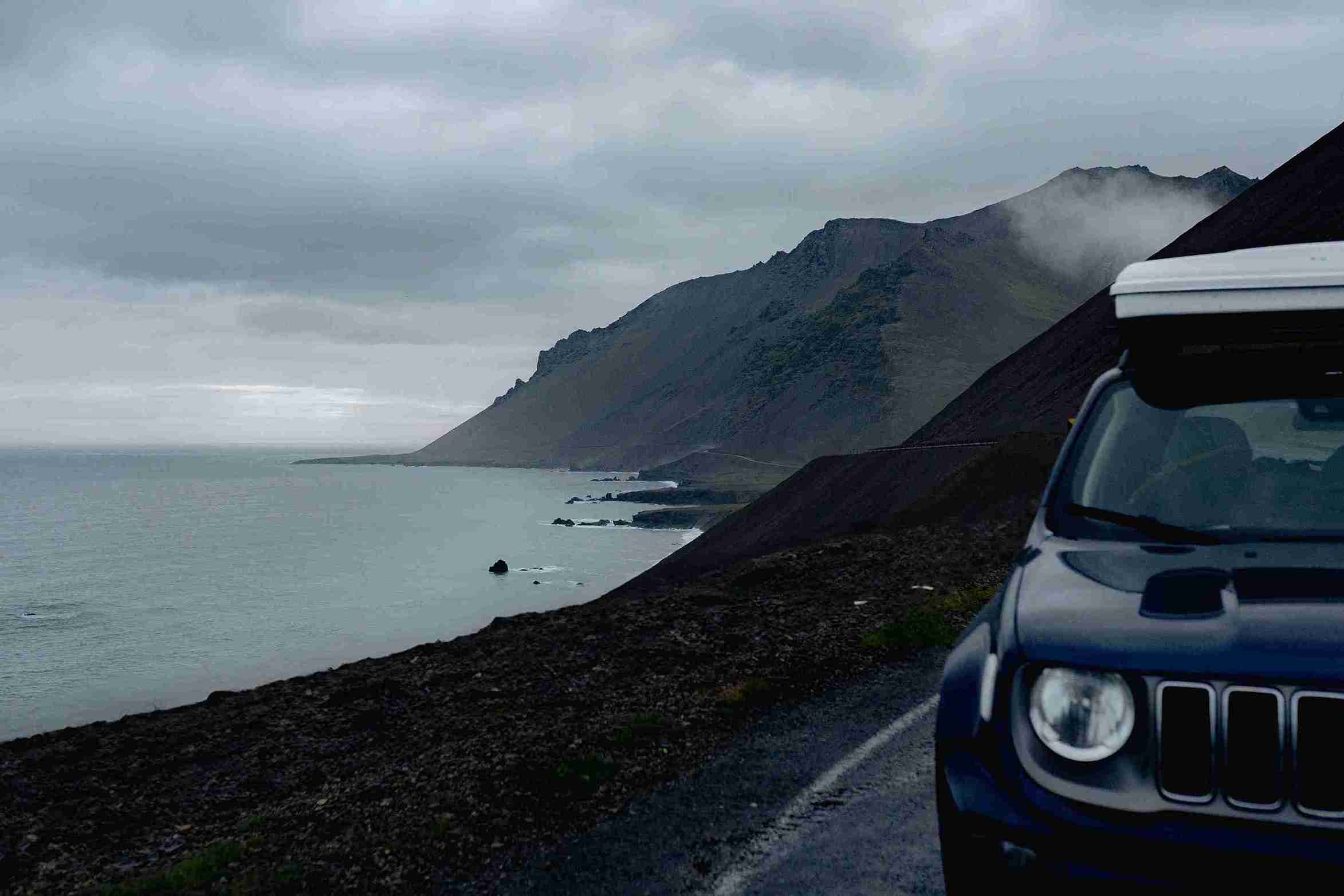As if the Icelandic terrain isn’t epic enough, one small detour to the island of Heimaey will launch your sensory taste-buds into full gear. In our ten-day honeymoon excursion in Mid-August, Dan and I were hesitant to take a whole day to visit Heimaey, especially since it would cut into our driving time around the country itself. However, our Icelandic friend Pétur promised it was one of his favorite pockets of Iceland, and it did not disappoint.
Heimaey is a short 35 min ferry ride off the southern coast of Iceland, about an hour and 40 mins from Reykjavik. In Landeyjahöfn we bought our tickets on site.
Tip: Buy early! They sell out quick in the summer months if you want to take your camper van over! The passenger tickets, however, are more readily available.
We spent the night at the neighboring campground at the base of Seljalandsfoss, an awe-inspiring waterfall in and of itself. This was an ideal location, not only for our early morning sail time but also as a place to appreciate the local animal life. On my way to brush my teeth in the main building that evening, I watched sheep wander through our campsite, rub against tents, and another bleat a friendly hello as I passed by.
The next day, as we stepped off the ferry on Heimaey, we zipped up our down layers. Using the free walking guide from the tourist office, we walked around the downtown area, bopping into a few gift shops, and eventually landing at our first significant destination: Eldfell. A volcanic cone. Following well-marked signage, we began our ascent up the richly red trail that promised unparalleled views.
I found that one of the highlights of Iceland is that despite its chilly temps, it also offers activities that resolve to get your body temperature up. As we hiked the 660 ft Eldfell, layers were shed and mittens were stuffed in backpacks. For those of interested in this hike, know that the trail is free of obstructions and even the most novice of hiker could make it to the top (just bring a water bottle!).
From the top, we had a clear 360-degree view, encompassing the town of Westman islands itself and panoramas of the Atlantic ocean. Dan and I hunkered behind a cropping of rocks at the top to shelter ourselves from the wind and celebrated our summit success with handfuls of black licorice and mixed nuts. Here we were, at the top of a volcano that had just erupted in 1973, enjoying a moment of calm (if you don’t count the wind). It was such a stark juxtaposition against its fiery history.
As we lowered our gaze to view Westman islands below, we could clearly see the route of the lava flow that had destroyed half of the town, but had also spared the other thanks to the heroics of the local people. The still standing fleet of white buildings next to a clean slate of land were a reminder of how hardy one has to be to live here on Heimaey.
If Eldfell gave us a great appreciation for the beauty of the earth, our next destination took our eyes to the sky. Next, we were in search of puffins.
We are from Maine (USA) which actually has our own population of puffins around our northern-most coastal towns. Despite having our own puffin habitat, I had never really appreciated these brightly beaked birds because we had never been able to get so close to them. Here in Maine, most sightings are seen through binoculars while on a boat.
The second part of our journey led us to another side of Heimaey, near the campground Herjólfsdalur. We walked from Eldfell to Herjólfsdalur, which gave us an easy tour of the area, but it did add about 6,000 steps to our day. Our free local map identified this part of the island as a hotspot for puffin watching. As we near the campground, our destination was clear: the steep hillside that stood between us and the sea. From our vantage point at the base, we could see hundreds of black dots flitting through the air.
Just beyond the playground for the Herjólfsdalur, is a small trail you can see meandering almost straight up the green mountainside. It looks wide enough for sheep, which is probably accurate as we saw six or seven grazing as we made our way up. Note: this trail isn’t for the faint of heights or anyone wearing flimsy shoes! At times, Dan and I walked sheep-like on all fours to navigate some of the areas with loose dirt or particularly sharp inclines.
About half-way up the incline, we found ourselves conveniently at prime “puffin height.” Here, we sat back on the trail and watched hundreds of these small, chubby birds dart in and out of rock croppings. We were so close, we could even see tasty eels hanging from their mouths. Their colorful beaks and waddle-like movements made them comical to watch. As we enjoyed the puffins’ company, several sheep, impervious to the steep slope, wandered by.
We continued to the top of the peak, which rose above most of the puffins’ flight. At the very top was a ragged cliff, plunging deep into the ocean. Here, with your back to the island, all you could see was miles and miles of ocean melting into the cliffs below. Though Eldfell had offered picturesque views, this tiny trail had led us to yet another glimpse at how Iceland precariously balances both the treacherous and beautiful into its landscape.
Our hike concluded with a well-deserved stop at Gott (a hub for both fresh and healthy meals) for a cup of cappuccino and a beer. As budget travelers, we primarily survived on cucumber sandwiches, Skýr, and an impressive amount of Icelandic black licorice. However, after over 30,000 steps, we treated ourselves to beverages to celebrate our day of adventures.
As evening began to fall (though the sky would have you believe otherwise), we hopped back on the ferry to the mainland. We waved goodbye to the vast volcanic terrain and the bumbling puffins, and we slipped back onto Route 1 toward Vik just as the sun slowly dipped toward nightfall.
Read more: Our winter Iceland trip
Happy Camping! #CamperStories
Iceland Travel Guides
If you like what you see, please subscribe to our YouTube channel!

